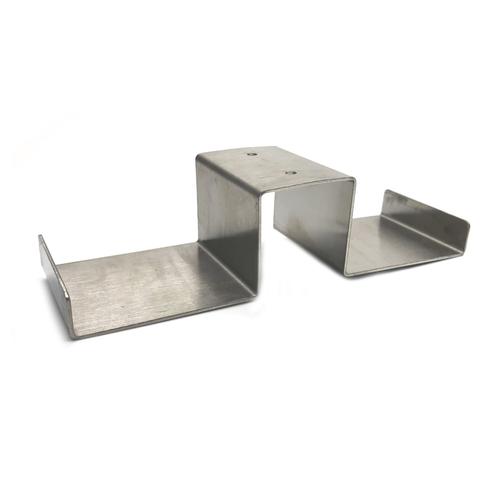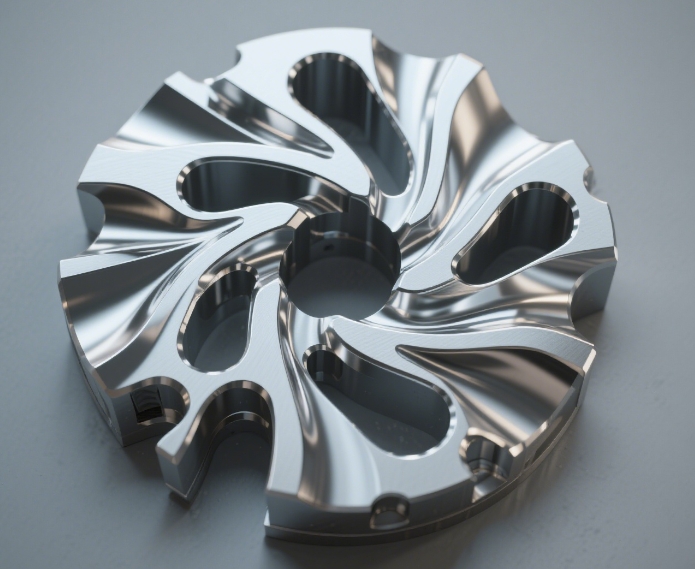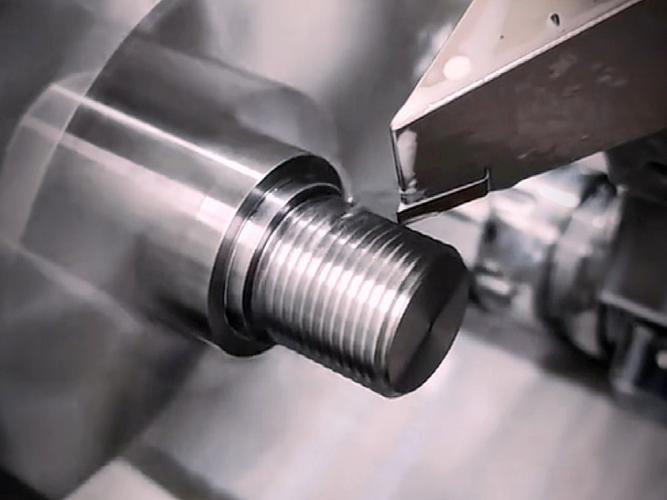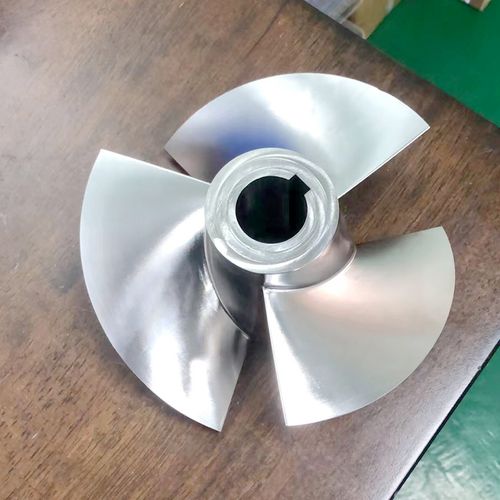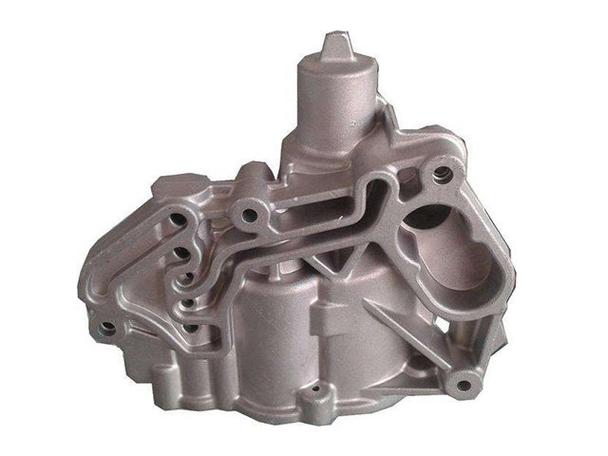
Step 1: First, Define “Strength” for Die Casting
- Tensile Strength: The maximum force a part can withstand before breaking (measured in MPa or psi). Critical for load-bearing parts (e.g., automotive brackets).
- Yield Strength: The force that causes permanent deformation (e.g., bending). Important for parts that need to retain shape under stress (e.g., tool handles).
- Impact Strength: Resistance to sudden shocks (e.g., drops or collisions). Key for consumer products (e.g., power tool housings) or automotive parts.
- Fatigue Strength: Resistance to repeated stress (e.g., vibration). Essential for parts like engine mounts or pump impellers that operate long-term.
Step 2: How Alloy Choice Determines Die Casting Strength
|
Alloy Type
|
Tensile Strength
|
Yield Strength
|
Impact Strength
|
Key Strength Traits
|
Typical Strong Applications
|
|
Zinc (Zamak 5)
|
320 MPa (46,400 psi)
|
230 MPa (33,400 psi)
|
35 J/m² (25 ft-lb/in²)
|
Balanced strength + impact resistance; durable for daily use
|
Automotive interior parts (door handles), power tool housings, toy vehicles
|
|
Aluminum (A380)
|
310 MPa (45,000 psi)
|
165 MPa (24,000 psi)
|
20 J/m² (14 ft-lb/in²)
|
High tensile strength; resistant to bending/warping
|
Automotive structural parts (transmission housings), industrial pump bodies, LED heat sinks
|
|
Magnesium (AZ91D)
|
230 MPa (33,400 psi)
|
150 MPa (21,800 psi)
|
15 J/m² (11 ft-lb/in²)
|
Ultra-lightweight (1/3 the weight of steel) with decent strength; best for weight-sensitive parts
|
Aerospace components (drone frames), high-end automotive parts (steering columns)
|
- For maximum strength: Aluminum A380 is better than Zamak 5 for load-bearing parts (e.g., holding engine components).
- For strength + impact resistance: Zamak 5 outperforms aluminum (e.g., a Zamak 5 tool housing is less likely to crack if dropped than an aluminum one).
- For strength + light weight: Magnesium AZ91D is the top choice (e.g., a magnesium drone frame is strong enough to handle crashes but keeps the drone light).
Step 3: Process Controls That Boost (or Hurt) Die Casting Strength
1. Porosity (The #1 Enemy of Strength)
- Cause: Fast metal injection traps air in the die; improper venting (no small channels to release air).
- Impact: A porous aluminum A380 part may have tensile strength reduced by 20–30% (from 310 MPa to 220 MPa).
- Fixes:
-
- Use vacuum die casting (removes 90% of air before injection) to cut porosity.
-
- Add die vents (0.1–0.3mm wide) to let air escape as metal fills the cavity.
-
- Post-process with Hot Isostatic Pressing (HIP): Applies high pressure + heat to collapse pores—restoring 95% of the alloy’s full strength.
2. Cooling Speed (Affects Metal Grain Size)
- Cause: Slow cooling (e.g., a thick die or poor water cooling) leads to large grains.
- Impact: Slow-cooled Zamak 5 may have 10–15% lower tensile strength than fast-cooled Zamak 5.
- Fixes:
-
- Use water-cooled dies (channels in the die circulate cold water) to speed up cooling.
-
- Design parts with uniform wall thickness (no thick sections that cool slowly).
3. Heat Treatment (For Aluminum/Magnesium)
- Aluminum A380: Heat-treating to T6 temper (solution heat + aging) increases tensile strength by ~15% (from 310 MPa to 355 MPa) and yield strength by ~30% (from 165 MPa to 215 MPa).
- Magnesium AZ91D: T6 heat treatment raises tensile strength from 230 MPa to 260 MPa.
- Note: Zinc alloys (Zamak) cannot be heat-treated—their strength is fixed by the casting process.
4. Surface Finish (Protects Against Corrosion)
- Anodizing (aluminum): Adds a hard oxide layer that resists corrosion—keeping the part strong for 10+ years in outdoor use.
- Powder Coating (zinc/magnesium): Prevents moisture from reaching the metal, avoiding corrosion-related weakening.
Step 4: Part Design Tips to Maximize Die Casting Strength
- Add Reinforcing Ribs: Thin ribs (1/3 the thickness of the main wall) along stress points (e.g., the base of a bracket) boost strength without adding much weight. For example, a Zamak 5 bracket with ribs can handle 40% more load than one without.
- Avoid Sharp Corners: Sharp corners concentrate stress (like a knife edge)—use rounded edges (radius ≥1mm) to spread stress evenly.
- Uniform Wall Thickness: Thick sections (≥5mm) cool slowly, creating weak grains and porosity. Keep walls 1–3mm thick (for zinc) or 2–4mm thick (for aluminum) and use tapers to avoid thickness changes.
- Minimize Undercuts: Complex undercuts require slides in the die, which can create gaps or thin spots—simplify the design where possible.
Step 5: Die Casting Strength vs. Other Manufacturing Methods
|
Process
|
Typical Strength (Aluminum Example)
|
Strength Tradeoffs
|
Best For
|
|
Die Casting (A380)
|
310 MPa (as-cast); 355 MPa (T6)
|
High strength + fast production; minor porosity possible
|
High-volume, mid-to-high strength parts (10k+ units)
|
|
Sand Casting (A356)
|
230 MPa (as-cast); 310 MPa (T6)
|
Lower strength than die casting; more porous
|
Low-volume, simple parts (100–1k units)
|
|
CNC Machining (6061 Al)
|
310 MPa (T6)
|
Same strength as die cast A380; no porosity
|
Low-volume, precision parts (1–100 units)
|
|
Forging (6061 Al)
|
380 MPa (T6)
|
Strongest option; no porosity
|
High-stress parts (e.g., aircraft landing gear)
|
Step 6: Common Myths About Die Casting Strength
- Myth: “Die casting is weak because it has porosity.”
- Myth: “Zinc die casting is too weak for industrial use.”
- Myth: “Die casting can’t be used for load-bearing parts.”
- Myth: “Thicker walls = stronger parts.”
Step 7: How to Ensure Your Die Cast Part Is Strong Enough
- Pick the right alloy:
-
- Load-bearing parts → Aluminum A380 (T6 heat-treated).
-
- Impact-prone parts → Zinc Zamak 5.
-
- Weight-sensitive parts → Magnesium AZ91D.
- Specify process controls:
-
- Require vacuum die casting (for low porosity).
-
- Ask for water-cooled dies (for fast cooling).
-
- For aluminum: Request T6 heat treatment (if strength is critical).
- Test before production:
-
- Do a tensile test on a prototype (most die casters offer this for (50–)100).
-
- Check for porosity with X-ray inspection (for high-stress parts).

